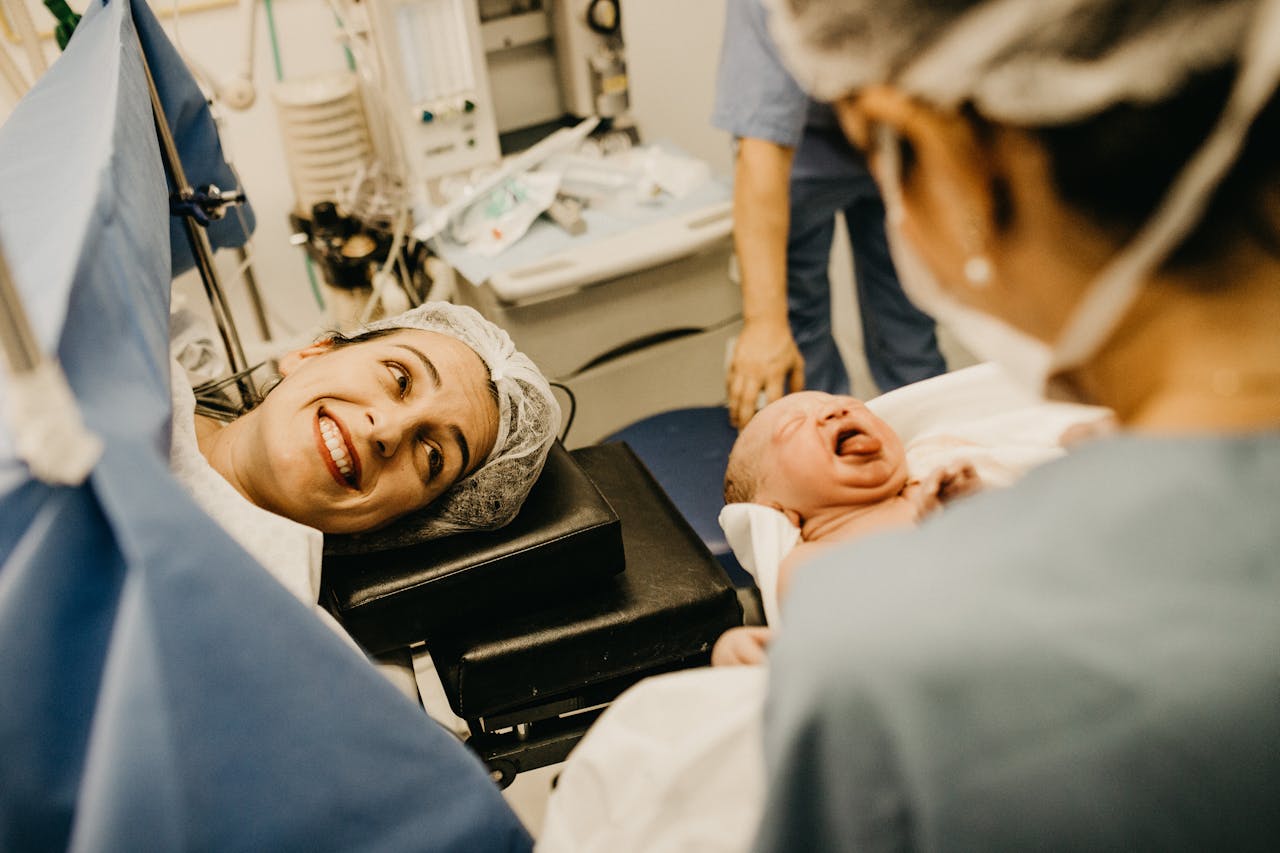Life is full of thousands of firsts, but none are as emotional and exciting as welcoming your first baby into the world. Bringing home a baby isn't like welcoming a house guest, however. The process would be much easier if infants came with tiny, pre-packed suitcases filled with everything necessary for those first weeks.
While preparing for a baby, many new parents become fixated on discovering what their first baby needs. For small people, babies sure demand a lot of gear! It's easy to go to the store, get distracted by the shiny advertisements, and bring home a cartful of tiny things you'll never use.
To help you out, we've broken down your first baby's essential needs into a few broad categories. Every family is different, but you'll still want to have some version of these items on hand. Consider it a checklist to help you organize and prioritize your new acquisitions—before you welcome your other new acquisition.
See also: Top Baby Registry Must Haves for 2023
Continue reading to learn our preparation and pregnancy tips for shopping when your new baby is en route.
In this article:
Baby Must Haves for Safe Travels
You can curate the chicest baby nursery in the world, and it won't mean a thing if you don't have a safe and appropriate way to bring your baby home. For parents who drive, it is essential to purchase a car seat. For parents who reply on public transportatioin, choosing a baby stroller with a braking device is a must.
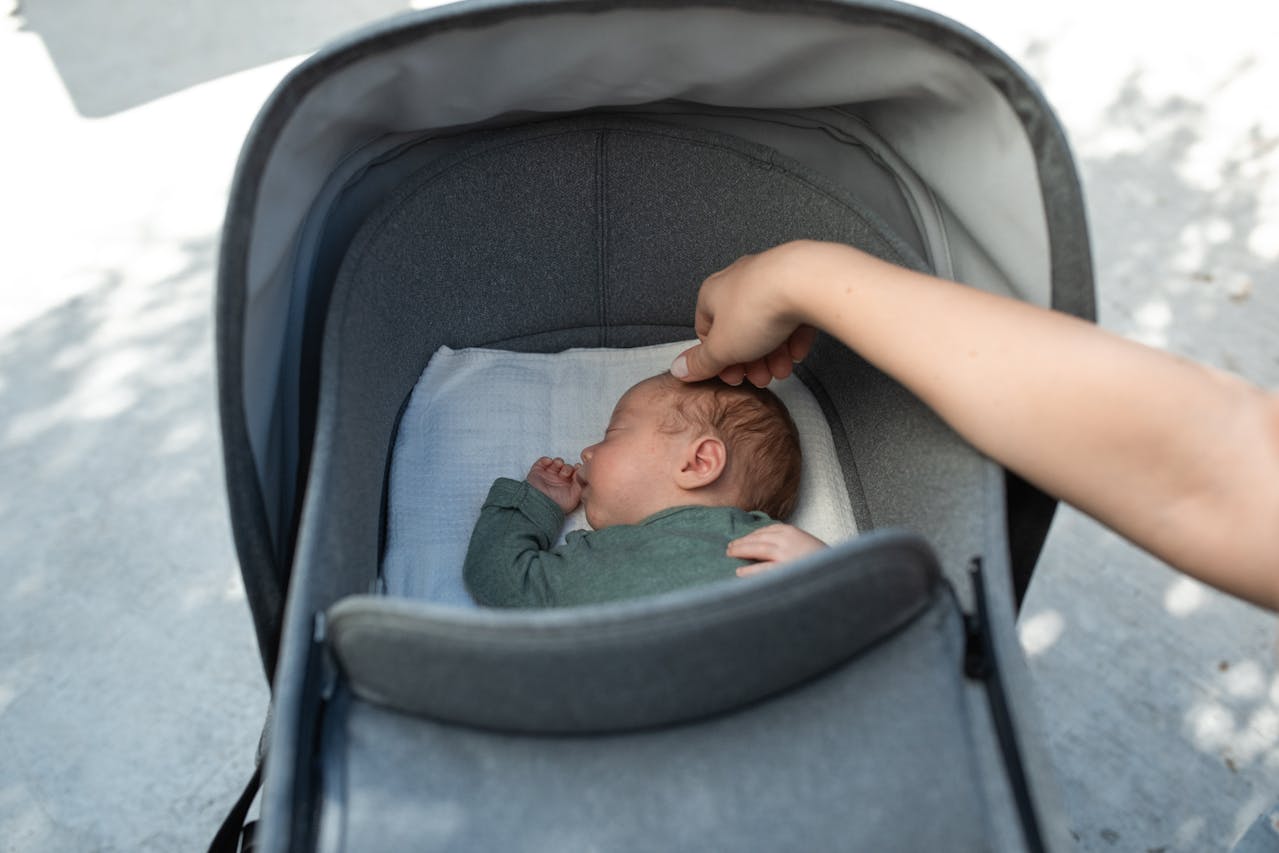
-
Car Seat
Choose a car seat suitable for your child's age, weitght and height. Infants must be rear-facing during their first car ride to protect their delicate neck. As children grow, how they sit in your car will change. It is recommended to opt for a convertible or all-in-one car seat that can adjust as their little one grows.
In general, pediatricians advise that you buy your car seat new every time. Second-hand car seats may be affordable but sometimes have safety flaws or defects.
-
Baby Stroller
A baby stroller and car seat combo is a convenient and pratical choice. It allows for a smooth transition between the car and stroller without disruptions. It is also more cost-saving compared to buying them separately. Its versatility ensures that the travel system remains functional throughout different stages of your child development.
-
Baby Carrier
There are different types of baby carriers available. You need to consider your baby's developmental stage, comfort and fit. Ensure the carrier you choose provides proper head and neck support. Comfort is cruicial for both you an your baby. Choose carries with padded shoulder straps and waist belts to distribute the baby's weight evenly. Adjustable straps and buckles help achieve a personalized fit.
A baby carrier with waist stool is recommended.
The Wardrobe: Baby Clothes

There are 3 tips to help you choose the right baby clothes:
Pay attention to the fabric
Babies are too immature to regulate their own temperature, making it important to pay attention to their clothing fabric. It is not good for babies to wear too much or too little clothing. Opting for gauze clothing with lightweight, breathable, and moisture-wicking material is definitely the first choice for newborns. It's best to layer baby's clothing. Then you can take off layers when you are in the warm places.
Avoid skin irritatioin
Always wash your baby's new clothes before wear. New clothes might contain chemicals and dyes that cause irritatioin. In addition, remove labels and tags carefully to prevent irritation on your baby's delicate skin.
Choose clothes according to the baby’s birth month
Generally , babies from 0-3 months should be dressed in long sleeves regardless of the season, and then go with gauze blankets. After 3 months, choose long sleeves or short sleeves depending on the season.
Babies grow quickly. They may not be in those itty bitty newborn-sized outfits for long. The wisest thing to do is to buy a staple wardrobe in several sizes, from newborn to one year. Keep it simple, prioritizing basic onesies or body suits with snaps for easy diaper access and comfortable pajamas for sleeping. It's best to buy "special" outfits for pictures or visits as needed to ensure your baby doesn't outgrow them before they can show them off.
-
Gauze Clothing: 6 pieces
Baby gauze clothing can be worn either on its own or as underwear. Newborns require frequent diaper changes at birth, and underwear-style clothing facilitates easy dressing and undressing. Infants may experience milk spills, spit-up, and potential feces overflow. It is advisable to have a few additional clothing pieces prepared for replacement, and the quantity can be adjusted based on the situation after delivery. The material can also be made of pure cotton.
-
Baby Bodysuits: 3-7 pieces
For newborns, baby onesies come in different sizes such as NB, 3M, and 6M. Since babies grow quickly, it is recommended to buy three packs of onesies in different sizes. It is also suggested to choose onesies with a front buckle style for easier dressing and undressing, especially considering the weak neck muscles of newborns.
-
Footed/Footless Pajamas: 3-7 pieces
This clothing is a one-piece, which can prevent the clothing from rolling up and revealing the cold, suitable for both playing and sleeping. They eliminate the need for socks and provide perfect coziness for those tiny toes. Additionally, these footies come with fold-over mittens that serve the dual purpose of keeping little hands warm and preventing babies from scratching their faces. If you live in a warmer climate, you can go for footless pajama instead.
-
Outing Clothes: 2 pieces
You can choose jumpsuits, rompers or pants worn with the bodysuits.
-
Socks / Gloves/ Hats
It is recommended to wear a hat, socks, and gloves when leaving the hospital since the central temperature regulation system of newborns is not fully developed. Babies grow quickly, so buy only what you need - 2 sets of socks/gloves and one hat are enough.
Diapers on Demand: Diapering Materials
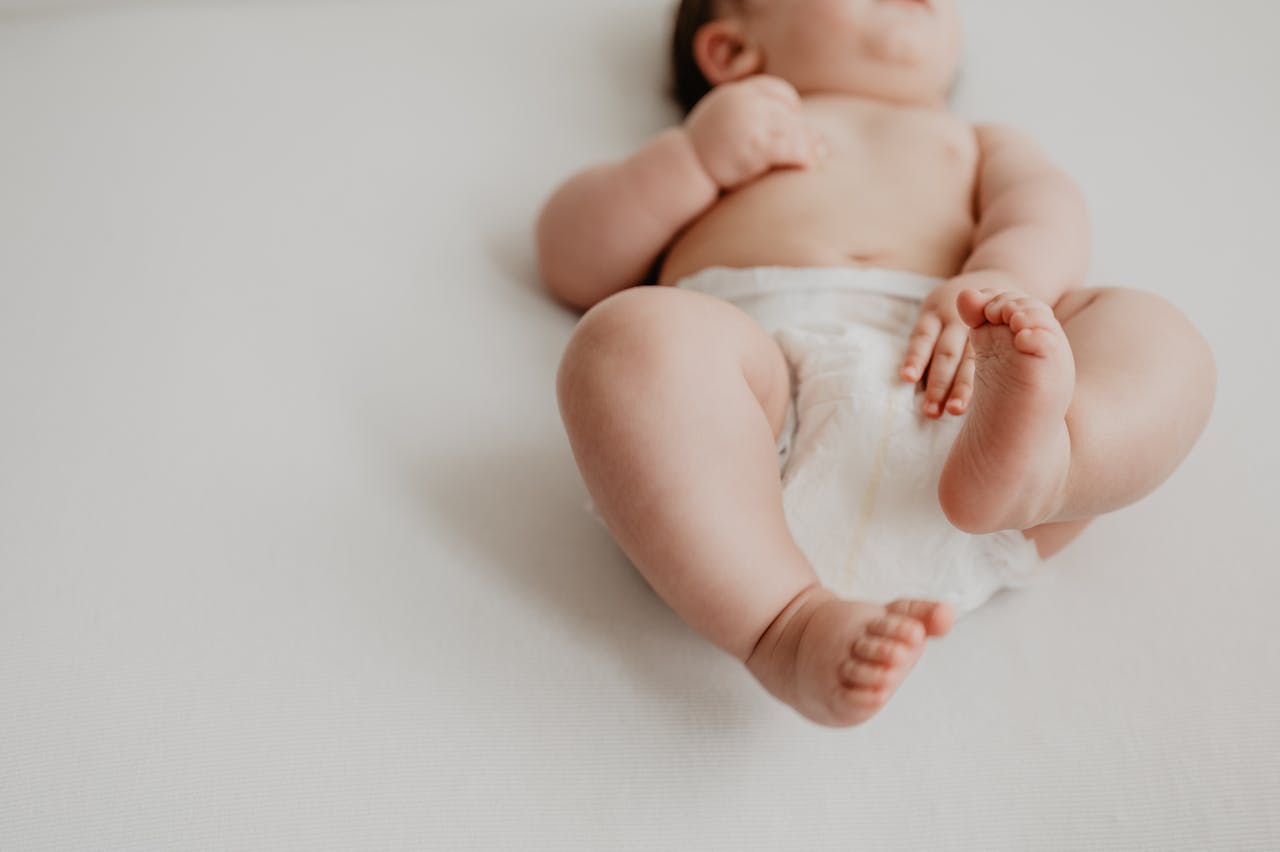
Whether you choose cloth or disposable, you'll need diapers on hand. Both have their pros and cons. Don't feel like you must decide before your baby arrives, as many families use a combination until they settle into a comfortable routine.
The average newborn baby can go through as many as ten diapers daily, so plan accordingly. It can be tricky to get out of the house in the early days, so buy more than you need. Like clothing, babies can outgrow newborn diapers quickly, so wise parents keep a pack one size up at all times.
Additionally, you'll want wipes, diaper cream or ointment, a diaper change pad, and a place to dispose of waste. Those using cloth should choose a baby-safe detergent.
Baby Bathing Essentials
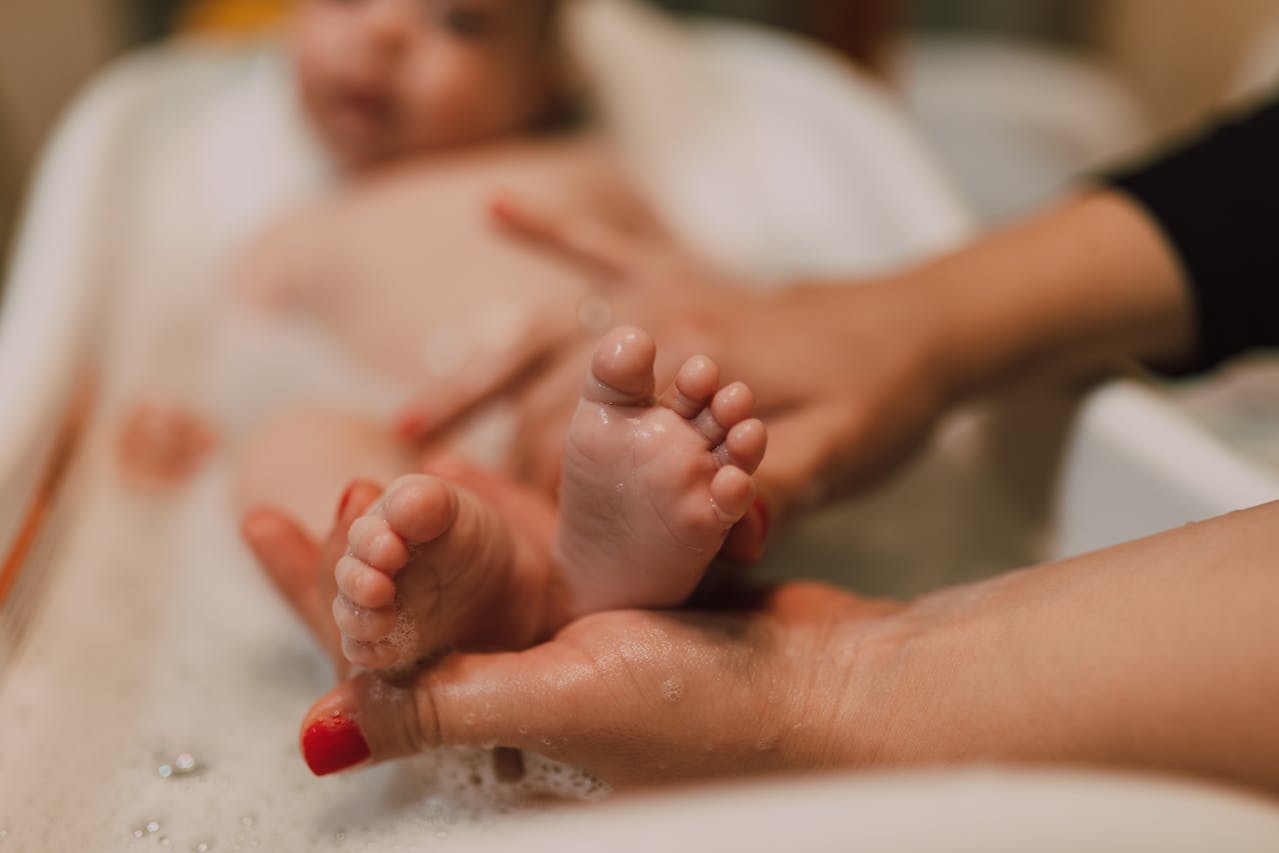
-
Bathtub / Bath Net: 1 set
There are various types of bathtubs available in the market, each with its own design and functionality. If you choose a basin tub, you can consider purchasing it with a bath net. The bath net serves the purpose of preventing the baby from slipping into the water during bath time, especially since newborns are soft and not easy to grasp. On the other hand, functional bathtubs are designed with sink inserts and prevent them from falling off. These bathtubs are typically smaller in size and are suitable for use until the baby reaches around 1-2 years old.
-
Gauze Bath Towel / Handkerchief: 10 pieces
The gauze handkerchief offers great versatility, serving various purposes depending on the situation. It can be used as a scarf when wiping off your baby’s sweat, brushing teeth or drinking milk. When it comes to bath time, the gauze bath towel becomes the ideal choice for bathing your baby and washing their hair, providing the necessary softness and absorbency to keep them clean and cozy.
-
Baby Shampoo / Shower Milk: 1 bottle each
There are also two-in-one bath and shampoo products for newborns to choose from. This option is time-saving, space saving and budget-friendly.
-
Baby Lotion: 1 bottle
The outermost layer of a baby's skin is approximately 30% thinner compared to that of an adult, making baby skin more susceptible to moisture loss. If the electric heater or air conditioner is turned on on weekdays, it is recommended to apply lotion to moisturize the baby's skin, especially after bathing.
-
Wet Wipes: 3 pakcs
Please choose pure water unscented wipes that are more harmless to your baby.
-
Baby Bath Towels: 2 pieces
Baby bath towels do not contain fluorescent additives and will not irritate the delicate skin of the babies. Both pure cotton products and soft bristled bath towels are good choices.
Infant Gourmet: Feeding Supplies
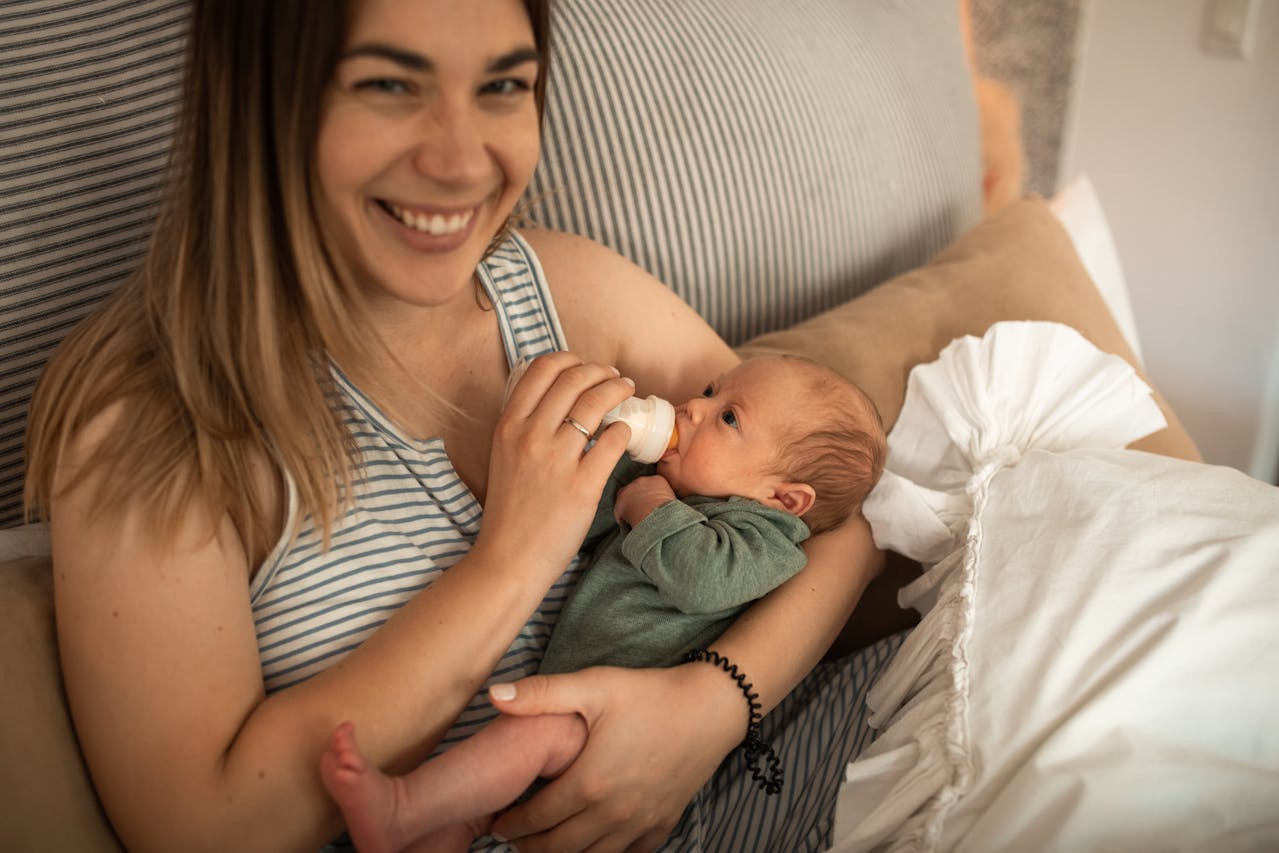
What and how to feed a baby is incredibly personal, so what you'll need will vary.
Breastfeeding supplies:
-
Nursing Bras
-
Nipple Cream
-
Nursing Pads
-
Breast Pump
-
Breast Milk Bags
Formula-feeding supplies:
-
Selection of Bottles and Nipples
-
Sanitizing Supplies
-
Bottle/Nipple Brush
-
Milk Warmer
-
Formula
Consult with your doctor about what to feed your baby during his or her first days. As a rule, having a few bottles, nipples, and some basic formula on hand can provide peace of mind, even if you're breastfeeding.
A Sweet Suite: Bedding and Sleep Supplies

Many pediatric associations and doctors recommend that babies have their own separate bed to sleep in, to avoid accidentally suffocating the baby. A baby's room should prioritize comfort and safety. When choosing household items that babies contact with, such as mattresses and bed sheets, it is recommended to select materials that are breathable, made of pure cotton, and free from chemicals.
-
Baby Crib/ Bassinet
Before making a purchase, you can make a five year plan. For newborn to 1 years old, the best place for the baby's sleep is in a a bedside bassinet or a safety-certified crib in their parents’ room. After turning 2 years old, they can have their own room or start with an independent nursery (convertible crib).
-
Crib Sheets: 2-3 sets
Because newborns are prone to spit up, mothers usually place a comfortable towel or handkerchief underneath the baby's head to prevent the bed sheets and mattress from getting wet. Unless you have kids who wet the bed and need to have their bed sheets changed nightly, you don’t really need more than two or three sets of sheets.
Ensure you have a mattress for whatever baby bed you choose, plus a few sets of sheets in the appropriate size. You may want a waterproof mattress pad, too.
-
White Noise Machine
-
Humidifiers
-
Baby Camera
Another bedroom essential is the Pixsee Smart Video Baby Monitor, which will help you keep an eye on your little one. It tracks temperature, humidity, and your baby's movement. Tools like the curated parenting music box can help you develop a daily rhythm and routine that will make every element of new parenthood easier.
Read more about baby camera: Baby Camera 101: How to Choose a Smart Baby Monitor
Safety First: Babyproofing Gears
When embarking on the exciting journey of parenthood, ensuring the safety of your little one becomes paramount. Investing in essential babyproofing gears create a comprehensive safety net, ensuring a secure and worry-free environment for your little one's exploration and development.
-
Outlet Covers
Shield electrical outlets to prevent accidental shocks or insertions.
-
Corner Guards
Soften sharp edges on furniture to protect against bumps and bruises.
-
Cabinet Locks
Secure cabinets and drawers to keep hazardous items out of reach.
-
Safety Gates
Install gates to restrict access to stairs or certain areas, ensuring a safe environment for exploration.
-
Furniture Anchors
Prevent tip-overs by securing heavy furniture to the walls.
-
Door Stoppers
Protect tiny fingers from getting caught in closing doors.
Read more about baby-proofing gifts: The Best Baby-Proofing Gifts for New Parents
You Know What Your First Baby Needs
We've spent a lot of time discussing what your first baby needs to thrive, but what about first-time parents? Often, the thing a new mother or father needs most is peace of mind. When you gather all the essential supplies and materials, you can rest assured that every item is on hand and ready for your little one.
A bit of extra vigilance can't hurt, either. The Pixsee smart video baby monitor eliminates the distance between you and your sweet baby, allowing you to keep a close eye on your little one, even in perfect darkness. Visit our Pixsee Shop and Amazon online store to learn how Pixsee makes first-time parents feel like pros.



